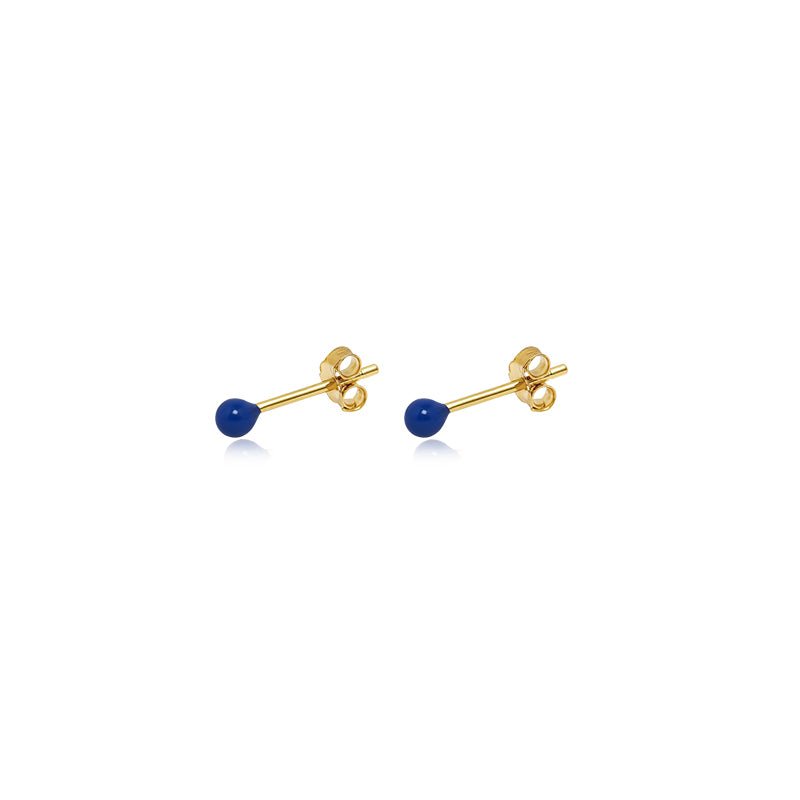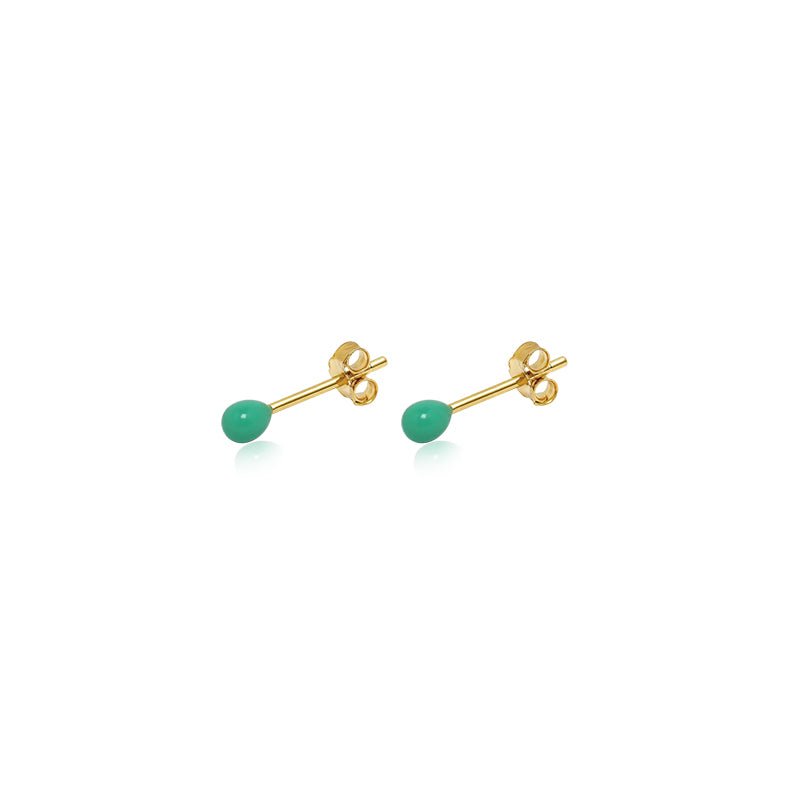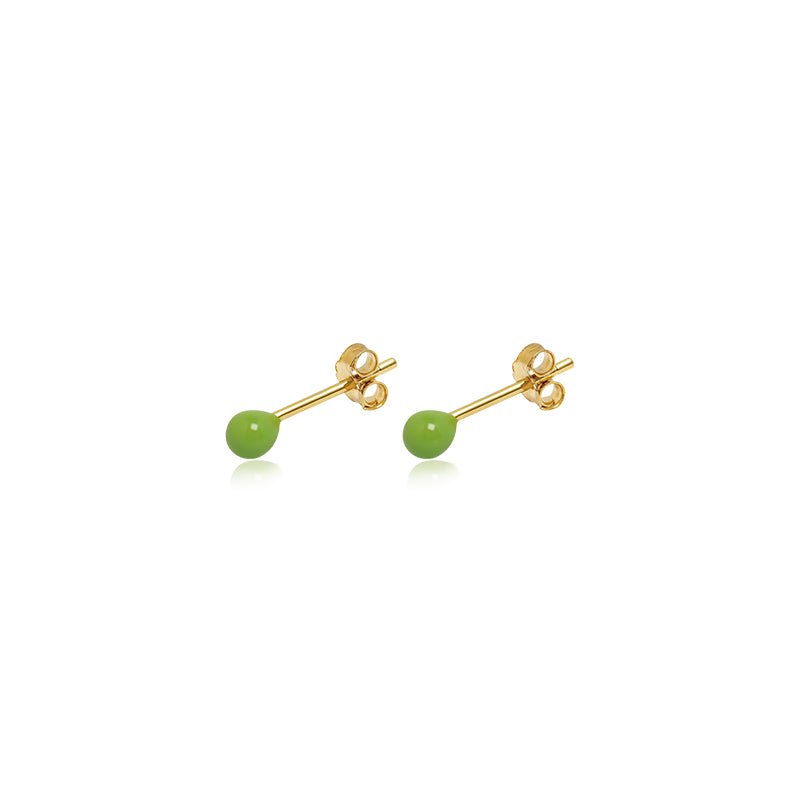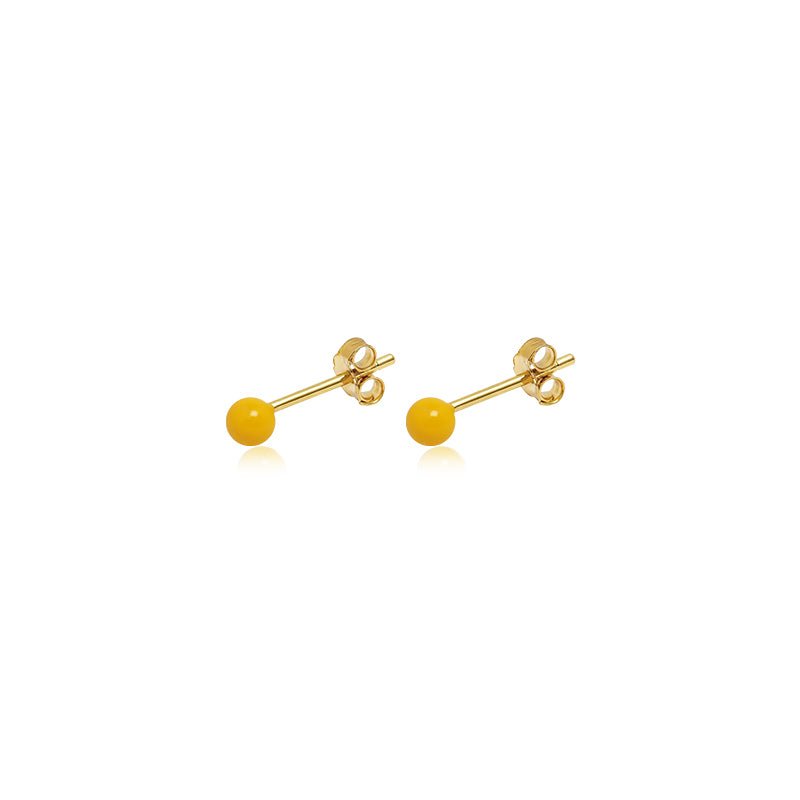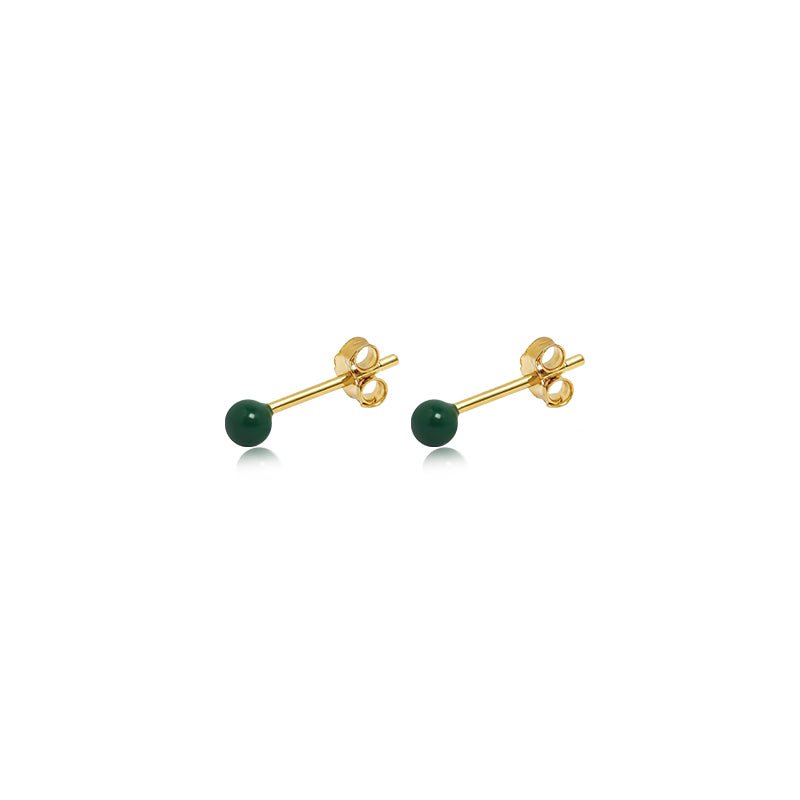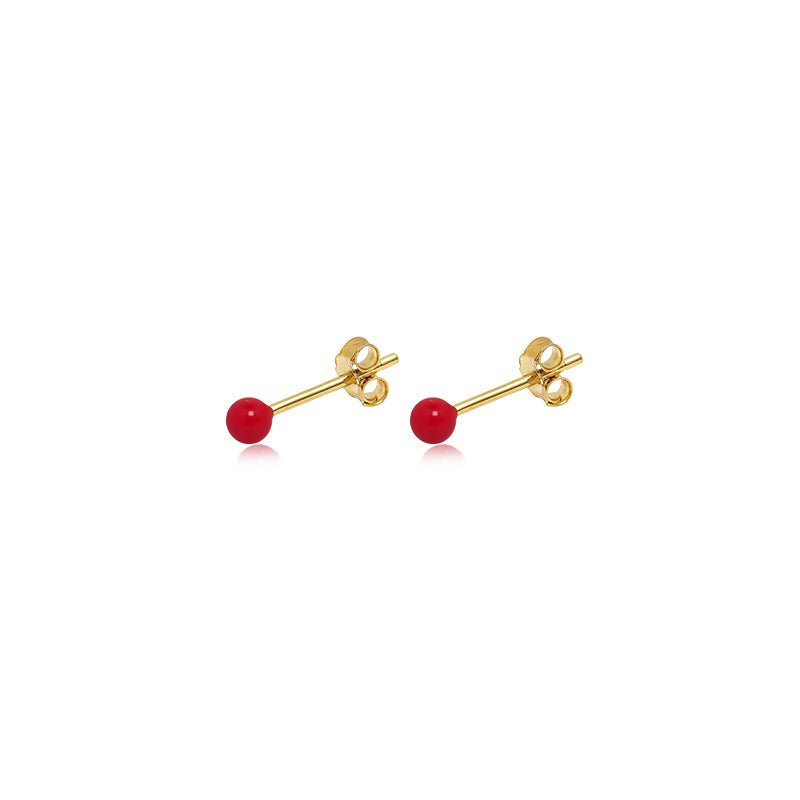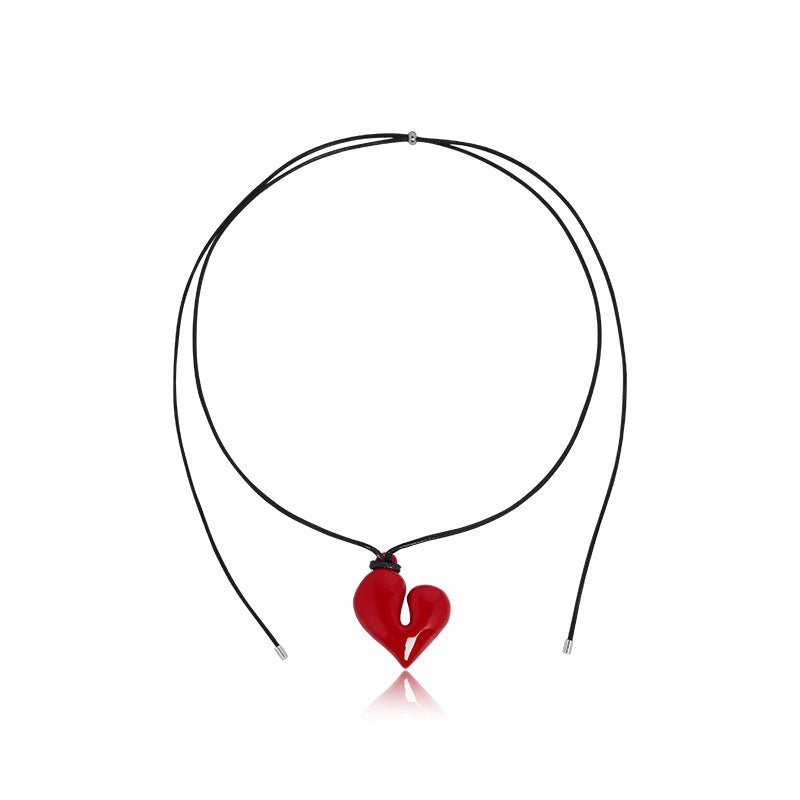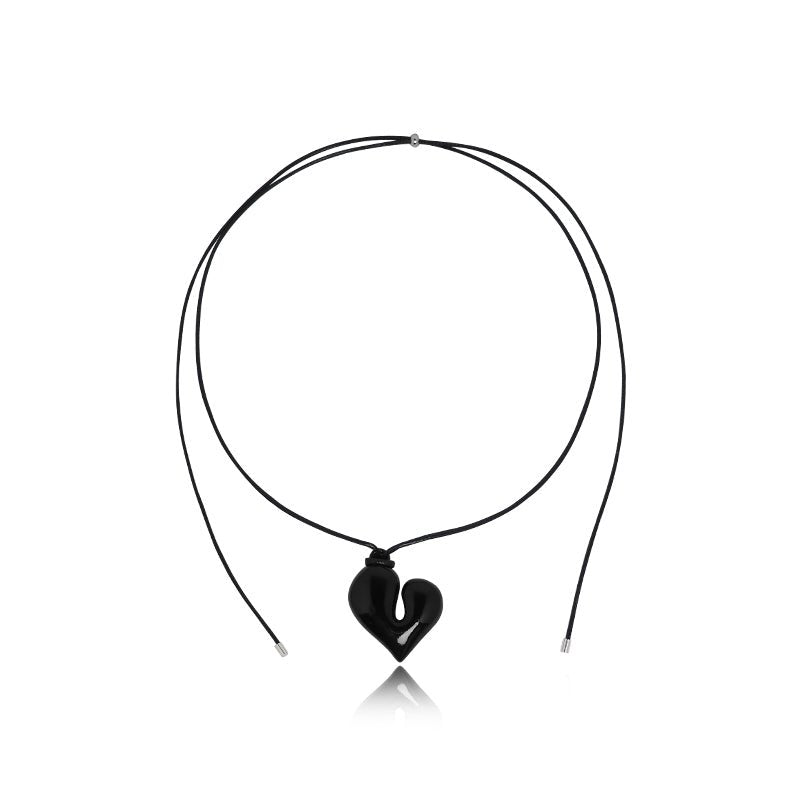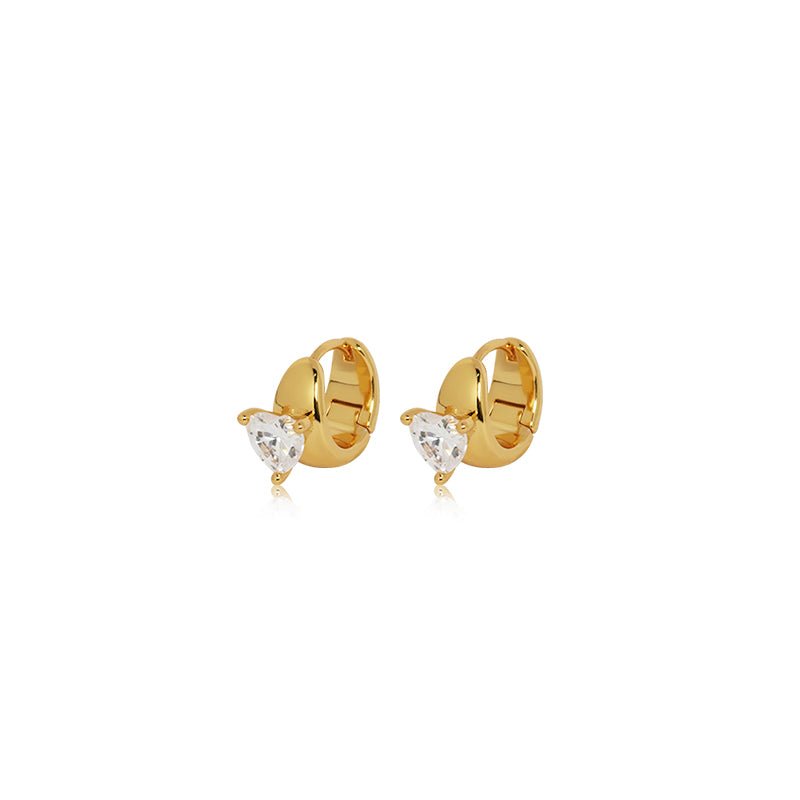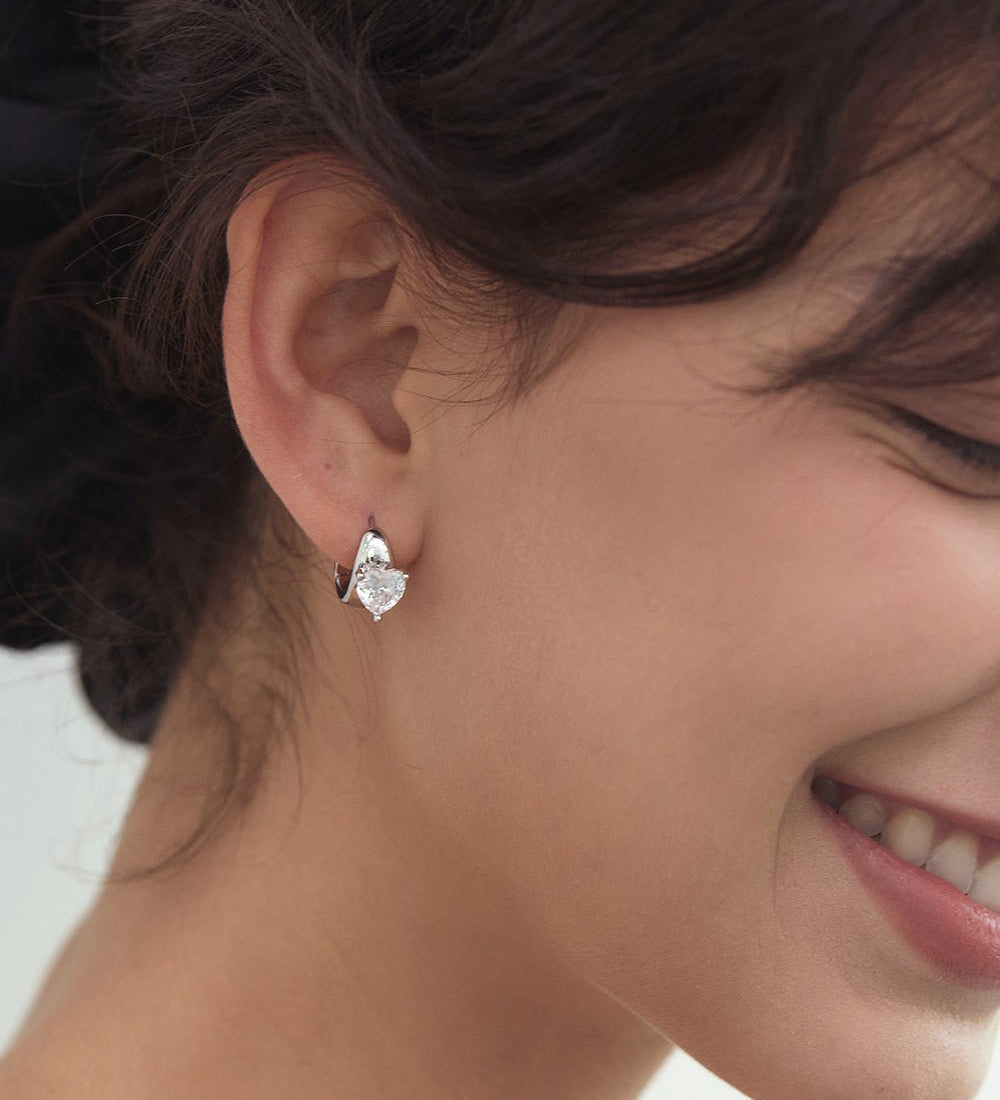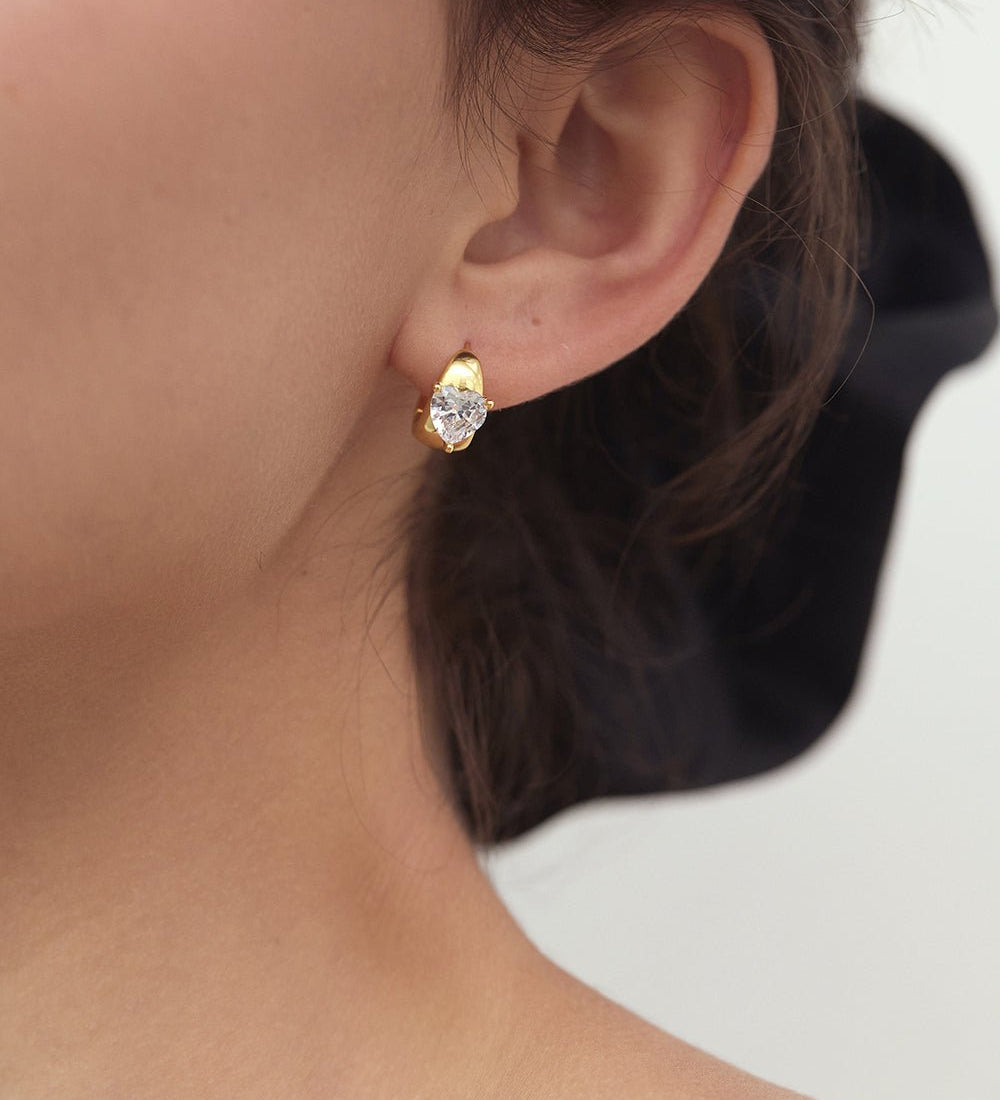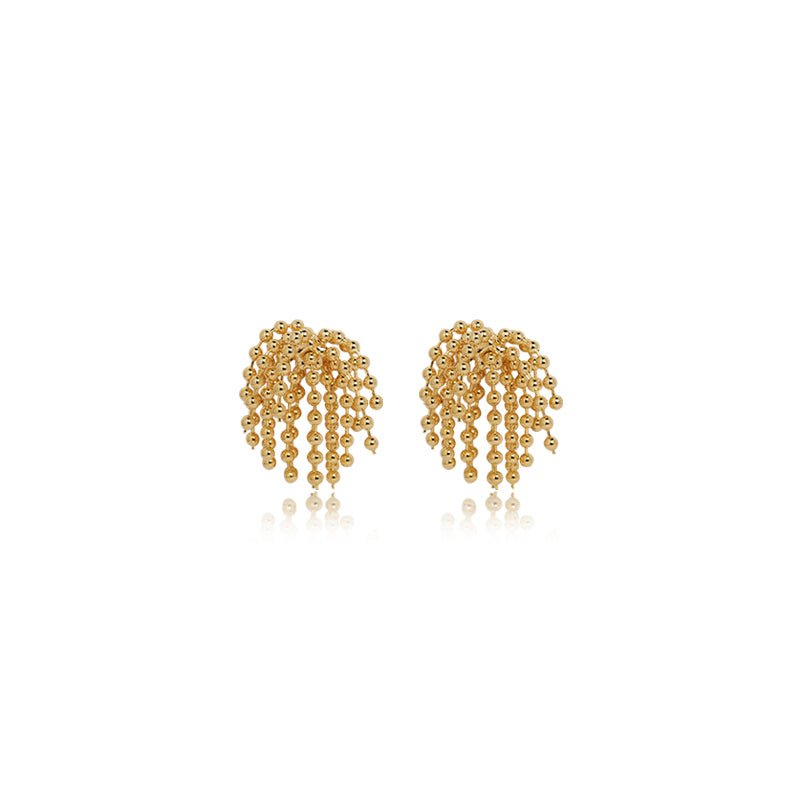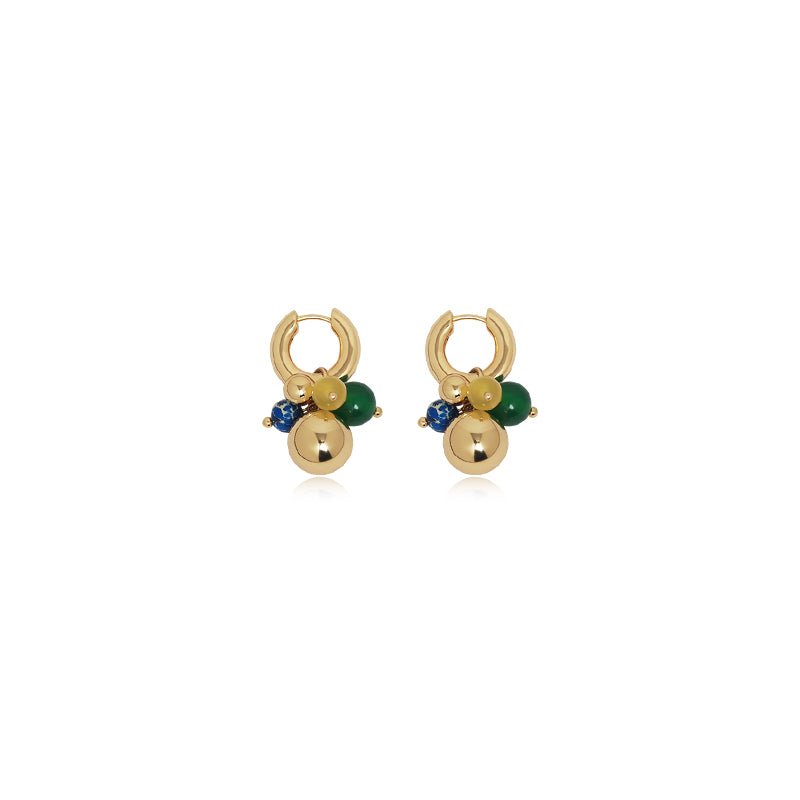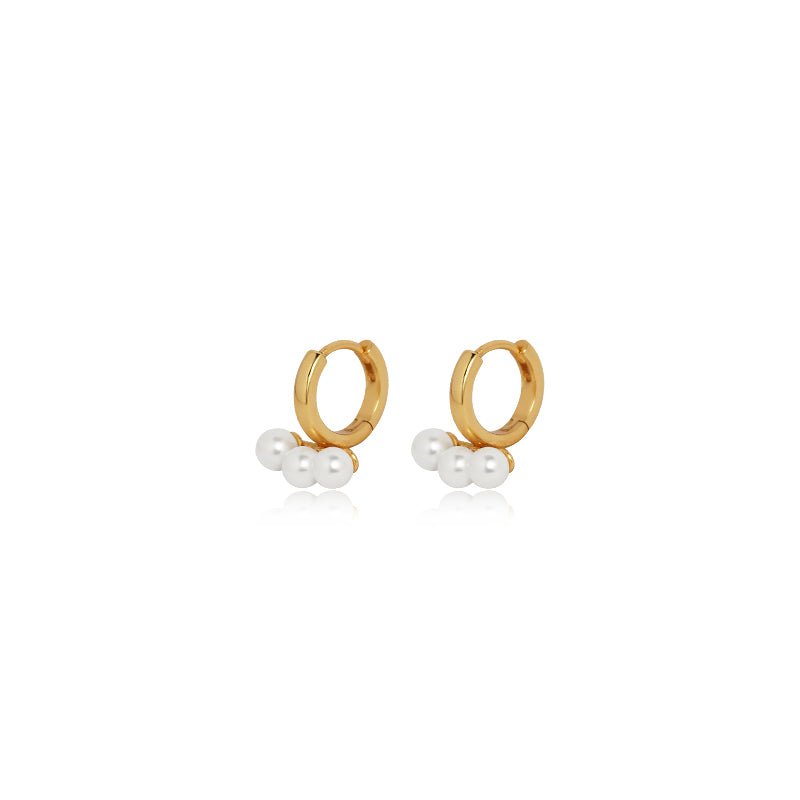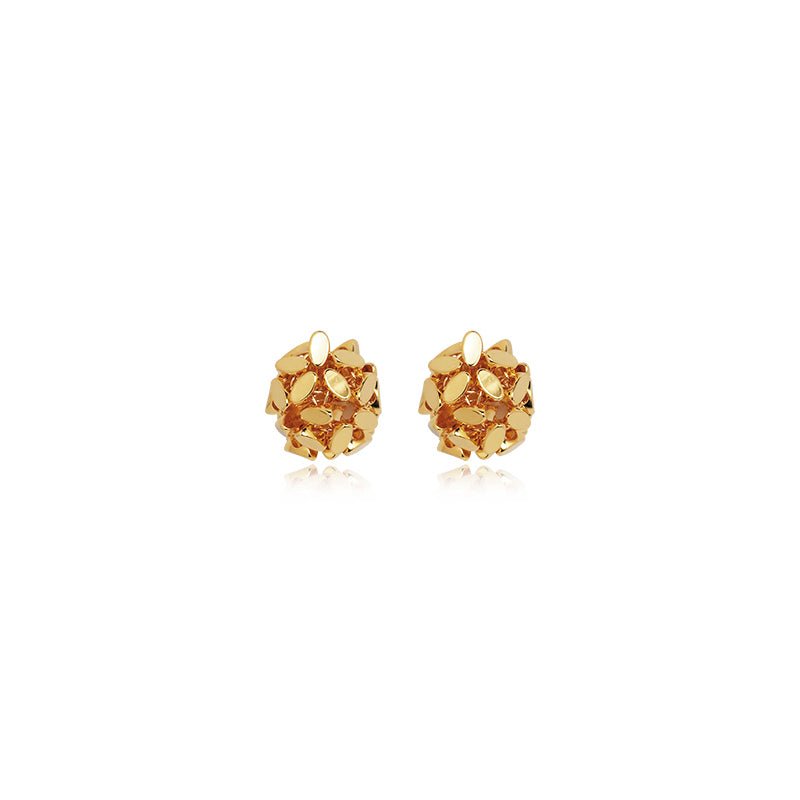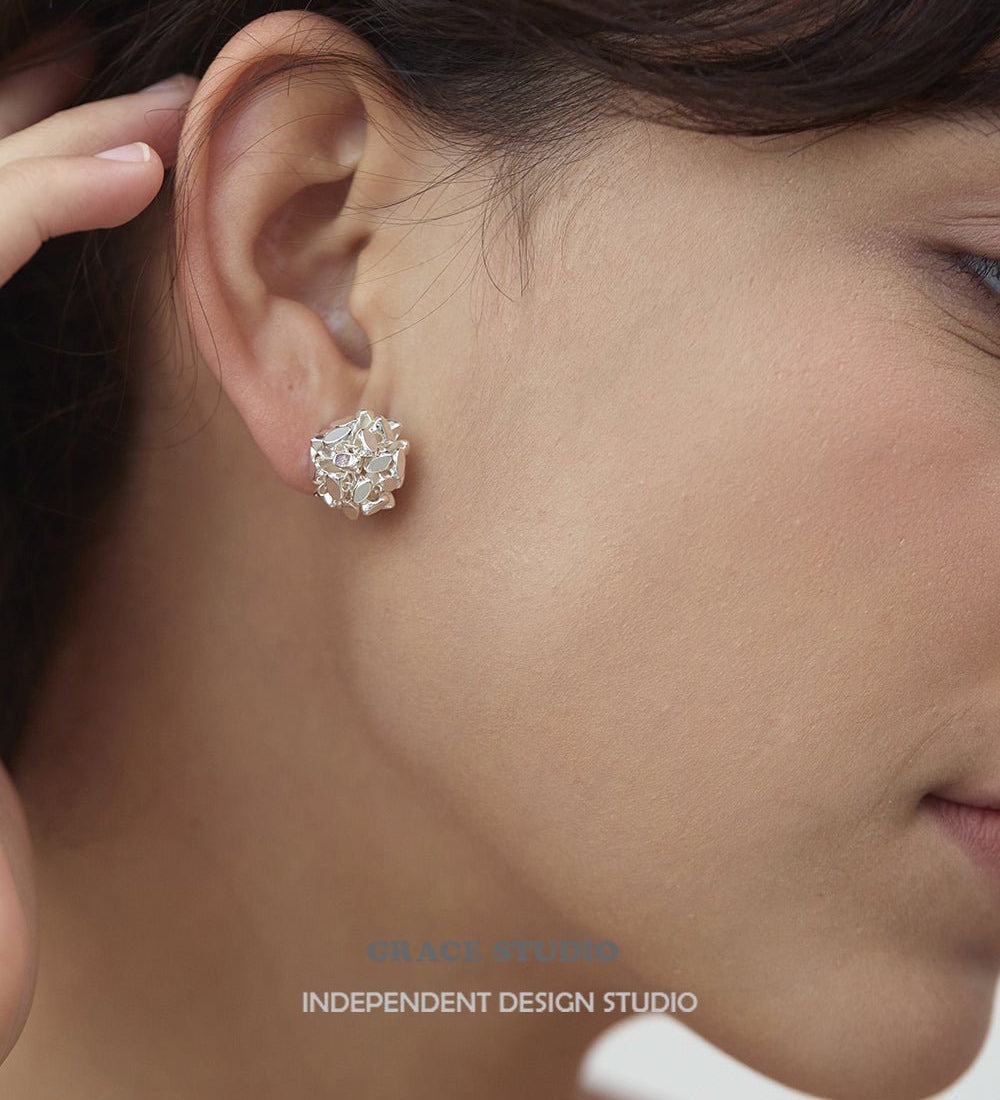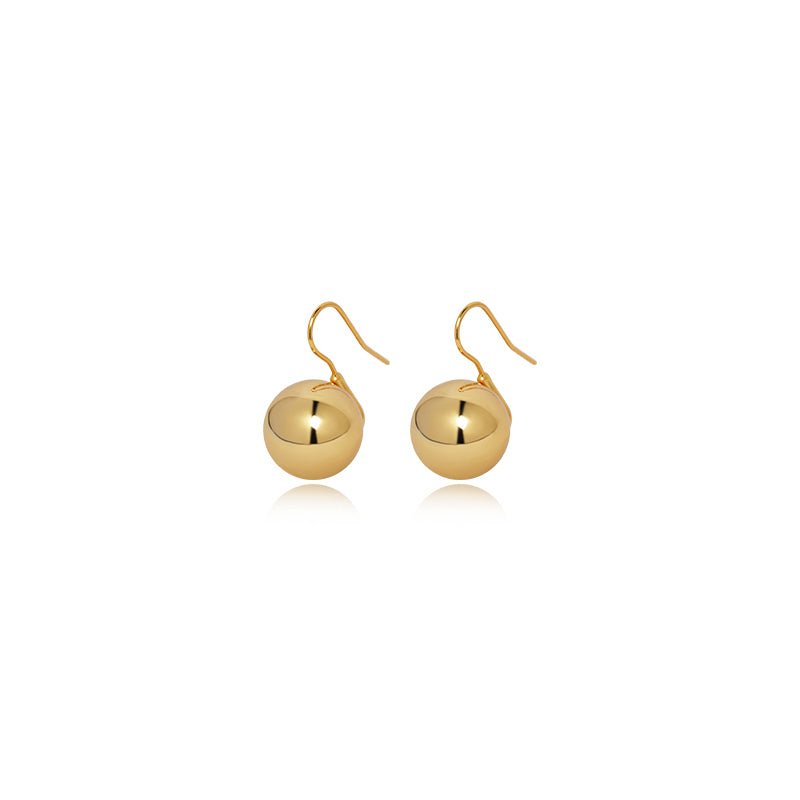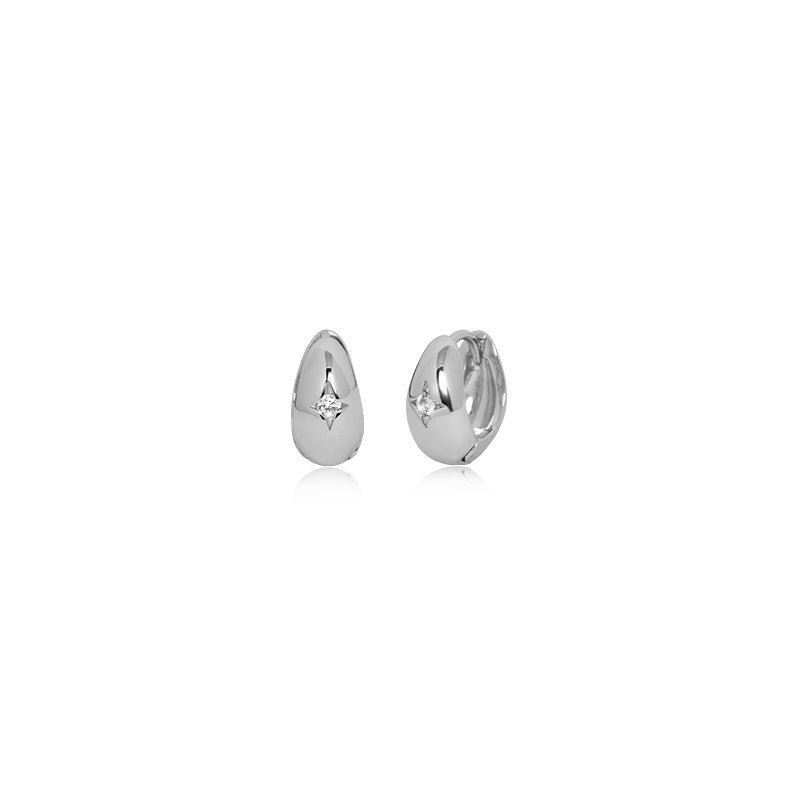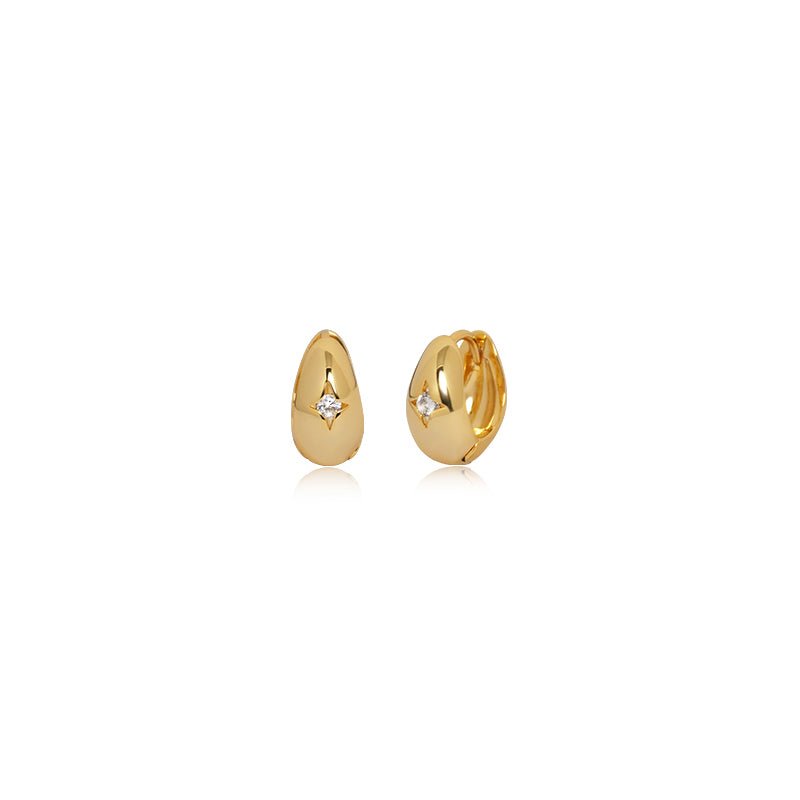How to Clean Fake Silver Jewelry Without Ruining It: A Step-by-Step Guide
Fake silver jewelry can be stylish and affordable, but it also tarnishes easily, fades, or turns your skin green.
In this guide, you’ll learn safe, practical ways to clean fake silver necklaces, earrings, bracelets, and more, using gentle ingredients like baking soda and aluminum foil. These methods are perfect for reviving dull or tarnished pieces without damaging the surface.
We’ll also cover how to prevent fading and discoloration, plus what cleaning solutions and household hacks to avoid so your pieces last longer and stay wearable.
What Is Fake Silver, Exactly?
Types of Fake or Plated Jewelry
Fake silver jewelry comes in a few forms, each with slightly different cleaning needs. Some pieces are silver-plated, which means they have a thin layer of silver over a base metal like brass or copper. Once this silver layer wears off, the base metal can oxidize and cause discoloration. Others are simply silver-tone jewelry, which contain no actual silver and are made from shiny-coated alloys or nickel. Costume jewelry, often a mix of metals, enamel coatings, or synthetic stones, also falls under this umbrella.
Fake gold jewelry is similar in construction, commonly made from gold-plated nickel or copper, and shares many of the same care guidelines. (Tips on cleaning fake gold necklaces are included below.)
Why It Tarnishes or Turns Green
Fake silver tarnishes faster than real sterling silver due to the underlying metals. When sweat, skin oils, perfumes, or lotions interact with the base material, they accelerate the breakdown of the coating. Green skin is typically caused by copper or nickel oxidation. Even well-made silver-tone jewelry may eventually lose its shine or look overly bright and artificial, which can make it seem cheap. Later on, we’ll cover how to naturally tone down that excess shine.
How to Clean Fake Silver Jewelry Safely
These steps work for all types of fake silver jewelry, including necklaces, bracelets, and earrings.
Step 1: Prepare a Gentle Cleaning Mix
Begin with the safest cleaning method using ingredients you probably already have. Combine warm (not hot) water with a few drops of mild dish soap in a small bowl. If your jewelry is especially tarnished, you can add a teaspoon of baking soda to boost cleaning power. Stir gently until the solution is mixed.
Step 2: Soak and Lightly Scrub
Soak necklaces and bracelets in the solution for about three to five minutes. For earrings, especially ones with delicate posts or stones, dip a cotton swab in the mixture and gently clean around those areas.
Use a soft toothbrush to scrub detailed spots like chain links or engraved surfaces. Always be gentle to avoid scraping or removing the outer layer.
💡 Bonus Tip: This method also works for fake gold necklaces. If your piece is gold-plated, avoid using baking soda, as it may wear down the finish.
Step 3: Rinse and Dry Carefully
After cleaning, rinse your jewelry under lukewarm water to wash away any soap or residue. Use a soft, lint-free cloth to pat dry. Don’t twist delicate parts like chains or scrub too hard. Let the jewelry air dry completely before wearing or storing it to prevent moisture buildup.
Optional: Natural Methods for Tough Tarnish
If your fake silver still looks dull or stained, try these deeper cleaning hacks.
How to Clean Cheap Jewelry with Baking Soda
Create a paste by mixing two parts baking soda with one part water. Apply gently to the tarnished areas using your fingertips or a soft cloth. Focus on trouble spots, then rinse and dry thoroughly. While effective, this method can be mildly abrasive, so avoid using it on gold-plated or fragile pieces.
How to Clean Costume Jewelry with Aluminum Foil
For heavily tarnished fake silver necklaces or bracelets, the aluminum foil method can restore shine. Line a bowl with shiny-side-up aluminum foil, add hot water, one tablespoon of baking soda, and one tablespoon of salt. Place the jewelry in the solution, ensuring it touches the foil. Let it sit for five to ten minutes, then rinse and dry. This method is great for metal-based pieces, but not recommended for items with glued stones or enamel.
What About Vinegar?
Although vinegar is a popular household cleaner, it’s often too harsh for fake silver. It can corrode base metals, strip plating, or loosen adhesives. If you must use it, dilute with three parts water and soak for less than a minute. Always test on an inconspicuous area first. Vinegar is generally better suited for real sterling silver, not costume or silver-tone jewelry.
Dealing with Tarnish, Fading & Shine
How to Remove Tarnish from Fake Silver
For mild tarnish, the baking soda paste or aluminum foil bath usually does the trick. If tarnish persists, especially on silver-tone metals, it may be permanent wear. In these cases, it’s best to clean the piece gently and manage expectations about restoration.
Can Tarnished Fake Jewelry Be Restored?
Minor tarnish or dullness can often be removed. However, greenish-black corrosion or deep damage is harder to fix. You can try using metallic touch-up pens to conceal problem areas or apply a thin coat of clear nail polish to seal the finish. These DIY tricks can extend the life of fashion jewelry but won’t fully restore heavily worn pieces.
How to Make Fake Silver Less Shiny
To reduce that overly bright, reflective look, lightly buff the piece with a dry microfiber cloth. For a more matte finish, dab a tiny amount of non-gel white toothpaste (without whitening agents) and gently rub. Be sure to test this method on a small, hidden section first.
Preventing Tarnish and Green Skin
How to Keep Fake Silver from Fading
Regular maintenance helps extend the life of your jewelry. Wipe pieces with a soft cloth after every wear to remove moisture and oils. Store in airtight bags or pouches along with silica gel packets to absorb excess humidity. Avoid storing fake silver in bathrooms or other damp places.
How to Make Fake Silver Not Turn Green
To prevent skin from turning green, apply a clear barrier like jewelry sealant or clear nail polish to the areas that touch your skin, the inside of rings, earring posts, or bracelet clasps. Let it dry fully before wearing. Also, avoid contact with water, lotions, and perfumes while wearing your jewelry.
Special Notes by Jewelry Type
How to Clean Fake Silver Earrings
Earrings are prone to collecting dirt behind the posts or around stones. Use a cotton swab dipped in soapy water to clean these areas. Avoid letting water enter any holes or loosen the settings. Dry thoroughly before storing.
How to Clean Fake Silver Necklace
Chains tend to trap residue between links. Use a soft toothbrush and your cleaning solution to gently scrub the chain. After rinsing, lay the necklace flat on a towel to dry, this helps prevent tangling and water spots.
How to Clean Fake Silver Bracelet
Bracelets often have magnetic or hinged clasps that can trap grime. Instead of scrubbing, soak the bracelet briefly and dab with a soft cloth. Don’t twist or pull at it while cleaning to avoid weakening the structure.
Final Thoughts
Cleaning fake silver and gold jewelry is simple, cost-effective, and easy to do at home. With mild dish soap, baking soda, and aluminum foil, you can revive pieces that look dull or tarnished. Gentle care, regular wiping, and smart storage can keep your jewelry looking fresh and extend its life.
Even if the piece wasn’t expensive, it can still shine like new with the right attention. Whether it’s a trendy necklace, an everyday bracelet, or a pair of fashion earrings, these steps will help you keep your favorites wearable and beautiful for longer.

